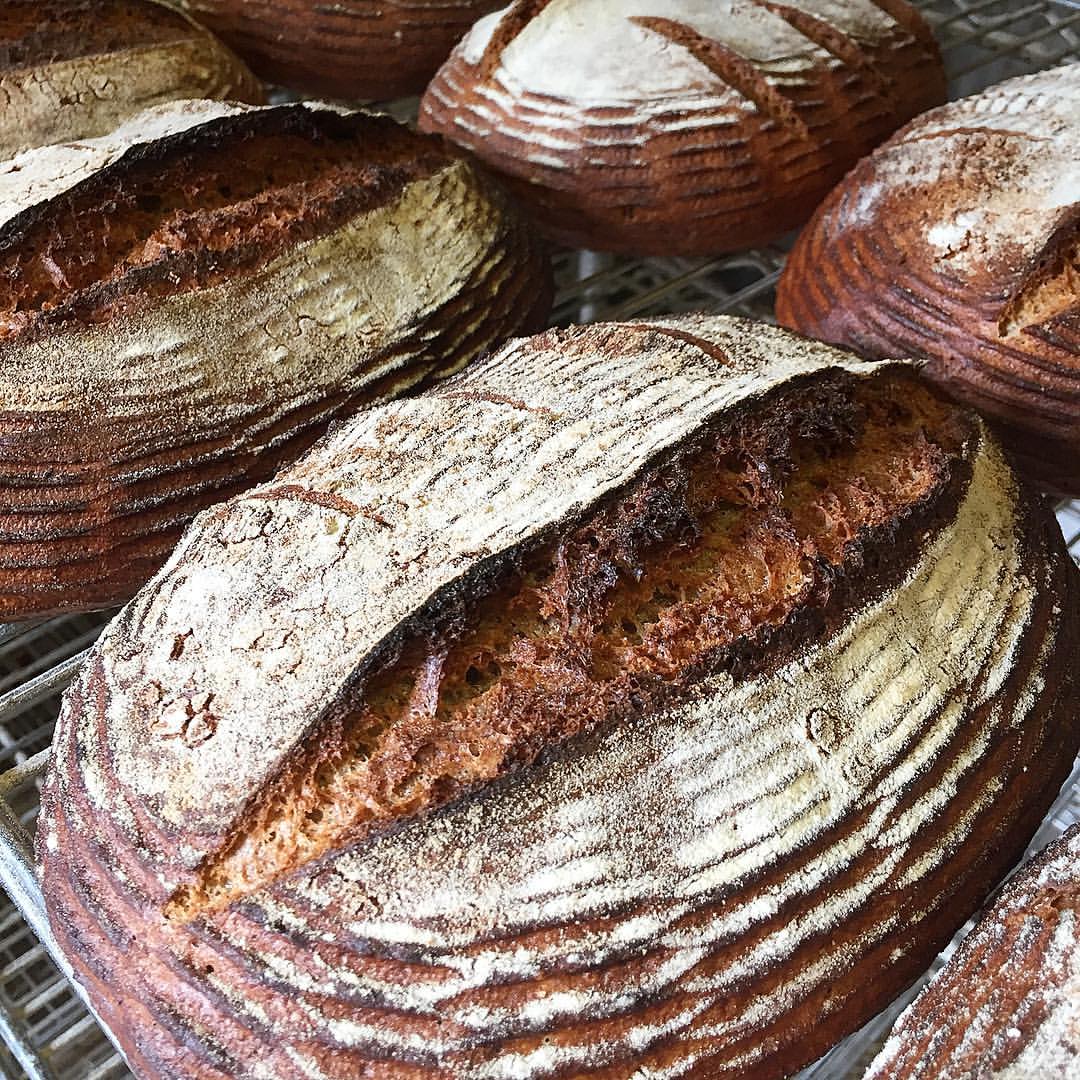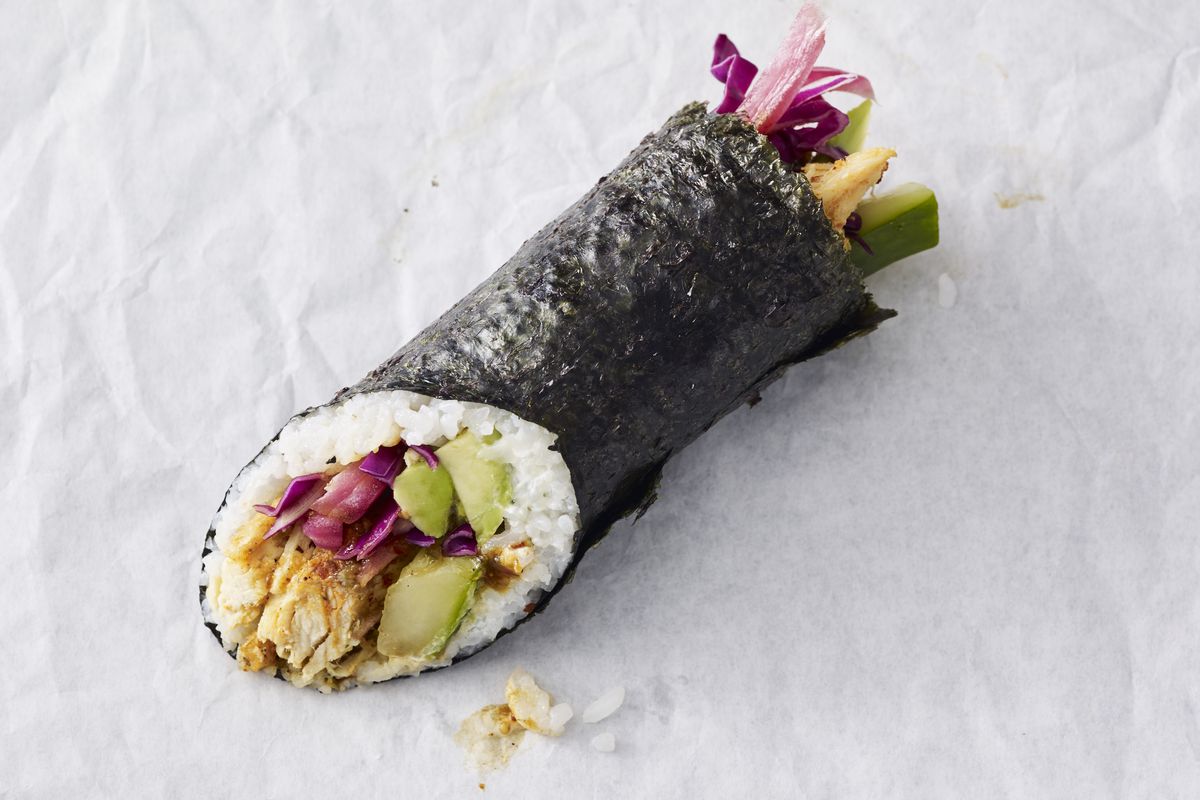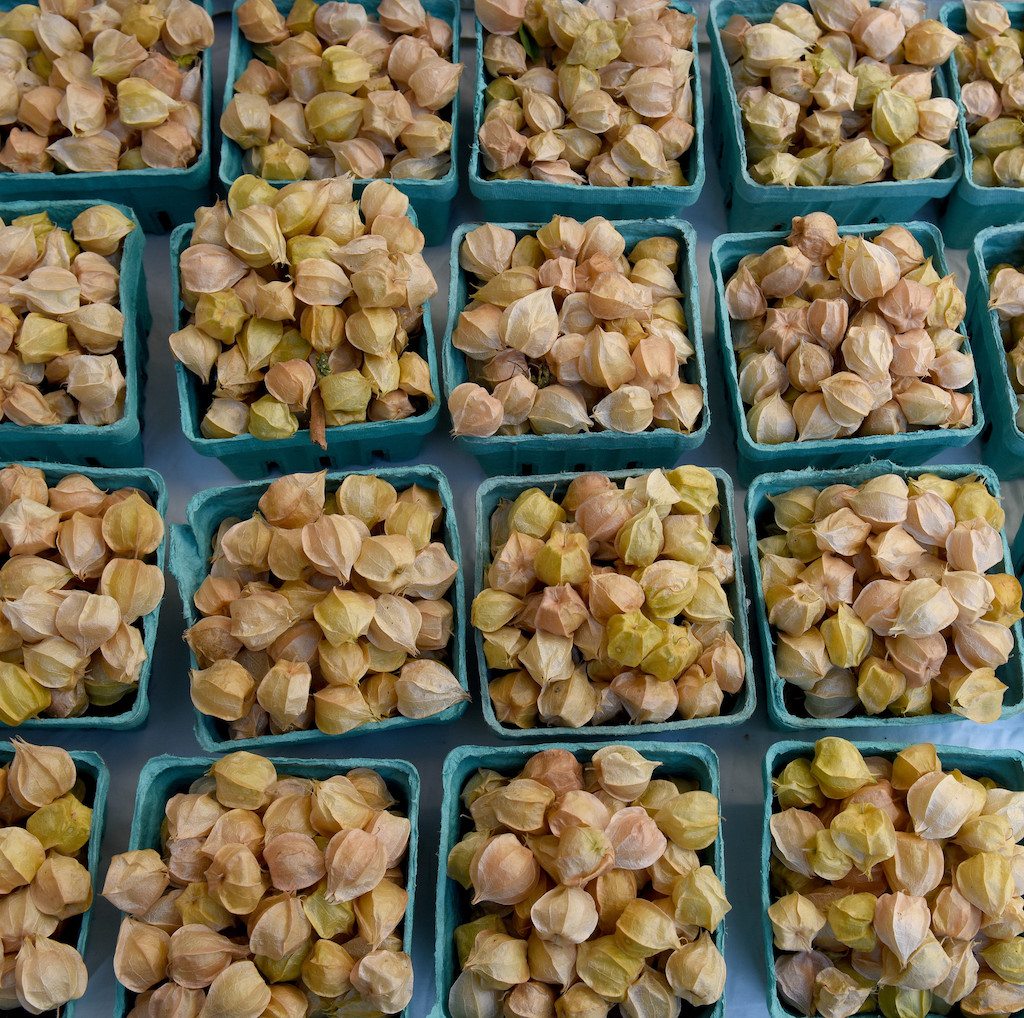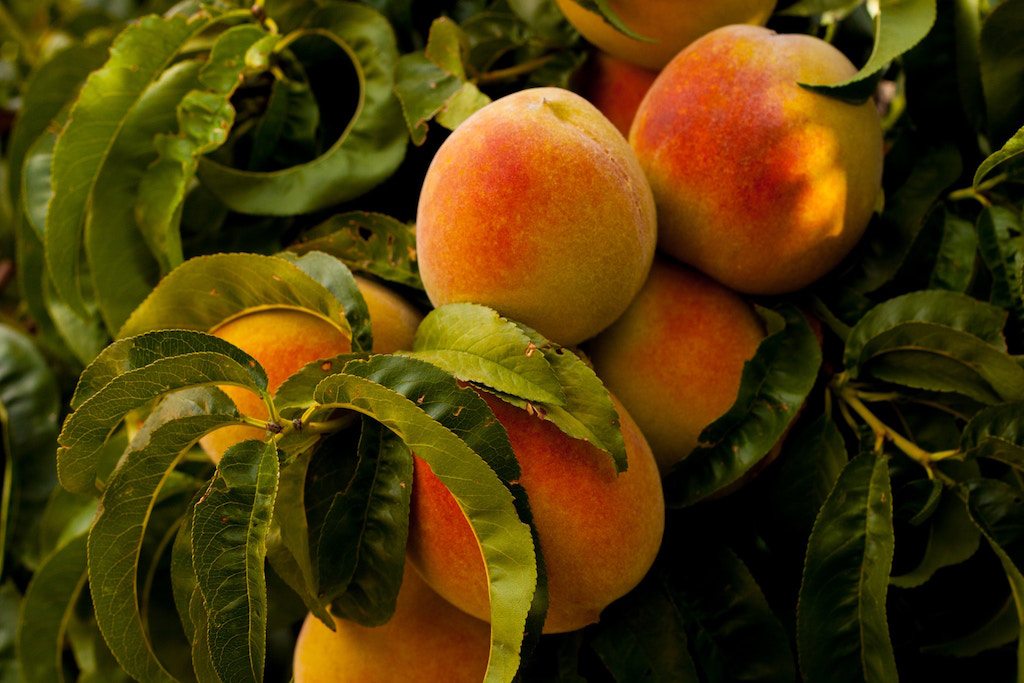This promising therapy could be used to treat antibiotic-resistant infections in pigs
By Claire Brown | Read more
Sign up—it’s free.
“Pink slime” oozes to a halt. In a rather abrupt ending to the most closely watched media defamation lawsuit since Bollea (a.k.a. Hulk Hogan) v. Gawker, ABC and Beef Products Inc (BPI) announced a settlement midway through a jury trial on Wednesday morning, the Sioux City Journal reports. The trial came to an end in Union County Circuit Court in Elk Point, South Dakota.
On the morning of the seventeenth day of the jury trial, the presiding judge sent jurors home after a “major legal issue” halted proceedings, instructing them to return at 8:30 a.m. the following morning. But before the trial resumed the next day, circuit court judge Cheryl Gering announced a settlement had been reached. The terms have not been disclosed. Read more.
—Claire Brown
Recipe for success? What a week for the New York Times. Hundreds of editors and reporters on Thursday staged a 15-minute newsroom walkout to protest executive editor Dean Baquet and managing editor Joseph Kahn’s decision to cut the paper’s editing staff in half—a decision that largely affects the Times’ venerable copy editors. The action follows another change of note at the paper of record: “Cooking” editor Sam Sifton on Wednesday published a letter announcing that most of the beloved section’s 18,000 recipes will now only be accessible for $5 a month. Limited content will still be free for non-paying subscribers.
“It would be great to be able to give all that to you for free, forever, Sifton wrote. “But we simply cannot. The work we do is expensive, and we want to do more of it. We travel ceaselessly, and cook every day. We test our recipes relentlessly. We photograph and make videos about them, we think beautifully. And we build features that help make cooking, and planning, and shopping for meals easier, more enjoyable, even fun. Your subscription will help us continue to do that, and better, and more.”
It seems a potentially good time to test subscriber loyalty (the “Cooking” section alone boasts 10 million monthly readers): The Times announced first quarter circulation growth of 11 percent—unprecedented in its history and widely credited to President Trump’s relentless assault on its legitimacy. But it remains to be seen whether or not readers will be willing to shell out for recipes—perhaps the most widely available free content online (besides “fake news,” of course). Still, the paper makes a case that its “Cooking” content is as rigorously reported as its stories on conflict and white collar crime, and that’s why readers will want to invest in its continued authority on frittatas and frisée.
Sifton ended his letter by suggesting readers take the 28-day free trial for a spin and test Julia Moskin’s avocado fattoush with mint vinaigrette, signing off on an earnest, almost regretful note: “Thank you for reading, and I hope for understanding. We are very much in this together.”
—Kate Cox
In the beginning God created snacks. New research from market intelligence firm Mintel reveals what my mother taught me when I was a child: food is an excellent reward for… living (nope, nothing there to unpack as an adult). Now if, like me, you’ve noticed slews and slews of recent similar studies on snacks and snacking—as though between-meal indulgence is a bona fide cultural sea change and not just clickbait for desperate food marketers—you’re not nuts. Google up “snacking” and you’ll find a veritable feeding frenzy: “The future of snacking,” “Trend toward snacking blurs what consumers want when,” “What brands need to know about modern millennial snack culture,” (which sounds
like the title of a Gilbert and Sullivan opera but is really the headline on a Forbes story from February) and so on.
But this Mintel study is the Moby Dick of munchies: It covers everything SNAX!, from who is snacking (millennials), to when they’re snacking (morning, noon, and night), and whether we prefer our snacks healthy over tasty (healthy, but only in the afternoon).
Here’s the thing about market insight, though: it’s so totally uninsightful sometimes. To wit, this finding: “When it comes to salty indulgences in particular, Mintel’s report on salty snacks reveals that the types of salty snacks** consumers eat depends on the occasion.” (“**Salty snack options include meat snacks, pretzels, corn snacks, pork rinds, popcorn and cheese-flavored snacks”). Wait. You mean context has something to do with consumption? Hey, brands, how do you innovate around that intel?
—Kate Cox
Just the one-liners
A TSA employee took a really big lobster out of a passenger’s luggage. He posted it on Twitter. It went viral, and the lobster’s owner is pissed. Seafood News has the story, the New York Post has the lobster pic.
Blue Apron stocks were traded publicly for the first time Thursday. Shares started at $10, just two weeks after the company indicated it would be selling at $15-$17, Buzzfeed reports. The price hadn’t gone up by market’s close.
Ever wondered about the economics of the poke trend? Turns out, not needing an oven is a real advantage for restaurateurs looking for real estate. Read more at Bloomberg.

Does “Beef: It’s What’s for Dinner” violate the First Amendment? In Montana, a judge says yes
A state District Court hands independent ranchers a long-awaited win.
By Joe Fassler | Read more













